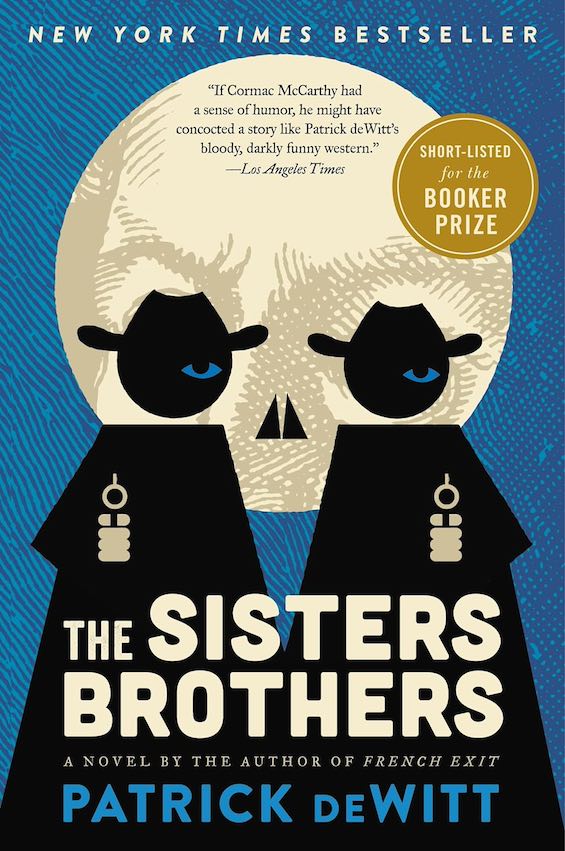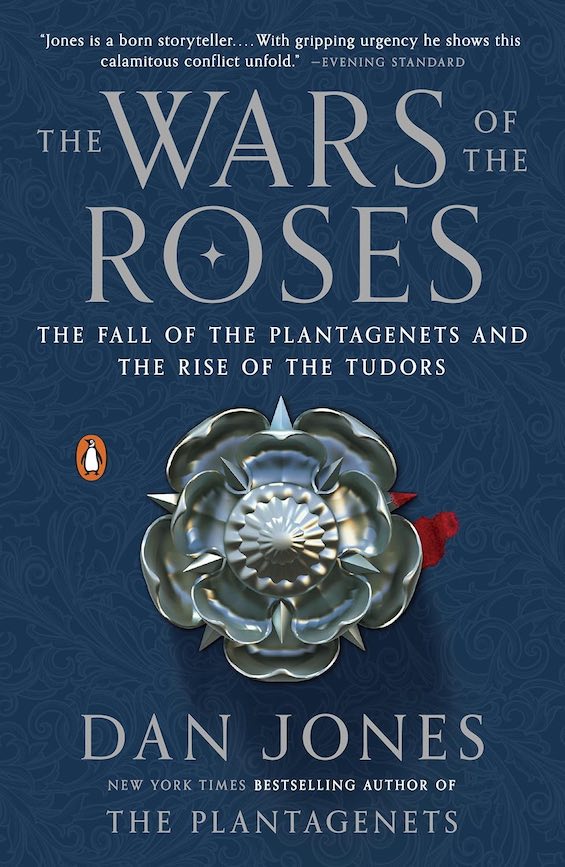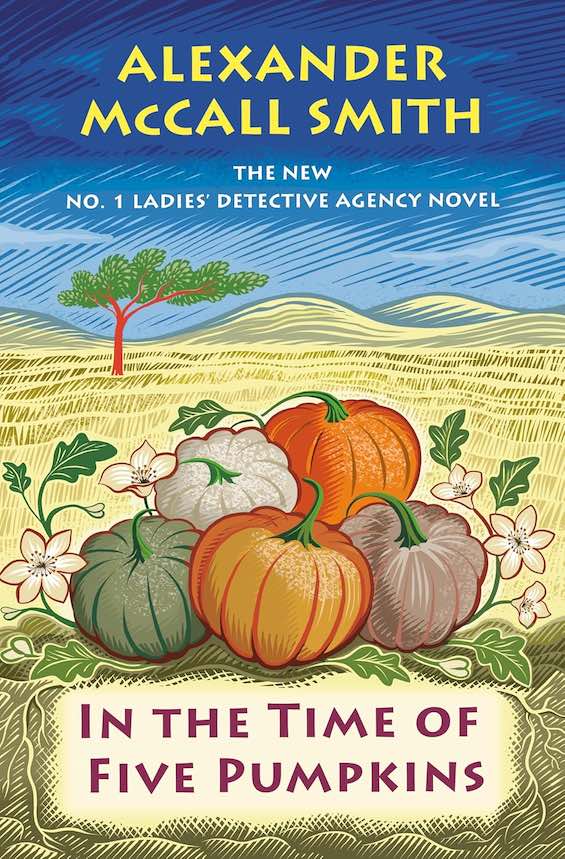
One day in 1480 a nameless nobleman and a priest show up at Will Collan’s farm. They’ve come for his 12-year-old son, John. As they explain to the boy, he’s not John Collan but a legitimate claimant to the English throne. As a small child, his partisans had hidden him away in the countryside to save him from his homicidal uncle, King Richard III. Now the priest would prepare him to take his rightful place as the country’s monarch. And this sets off a four-year saga that includes extended stays in Oxford with the priest, in Burgundy with his royal “aunt” to learn courtly manners, and in Ireland to prepare for the day when he would “lead” his troops against the usurper on the throne, the Tudor King Henry VII. Jo Harkin spins this tale in The Pretender, about a royal con job based in part on historical fact.
The historical basis for this story
The Wars of the Roses came to an end in 1485 on Bosworth Field when the Welsh usurper Henry VII defeated King Richard III, who lost his life there. But, true to their nature, Richard’s partisans in the House of York and many of their allies refused to give up. One of them, a priest in Oxford, chanced upon a handsome boy of about 10 named Lambert Simnel (c. 1475-1535?). The priest, Richard Symonds, saw a strong resemblance to one of the “princes in the Tower.” They were the young sons of the late King Edward IV, who were legitimate claimants to the throne.
A pawn in a high-stakes game
Symonds concocted a wild story that the prince had been spirited away at a young age and raised in Oxford as the son of a craftsman there. The real prince, then, was supposedly Lambert Simnel, who became a pawn in an elaborated Yorkist plot to overthrow King Henry and place the boy on the throne under their control. To present him as the real Edward Plantagenet, 17th Earl of Warwick, they schooled him in reading, writing, and court manners after moving him to Dublin, Ireland. Two years later, bolstered by German mercenaries, they invaded England. At the Battle of Stoke they met King Henry’s army in a bloody encounter, which they lost decisively. The King’s forces captured Simnel, whom they recognized as a harmless dupe. Henry put him to work in the palace kitchens, where he worked for the rest of his long life.
The true story is buried in centuries of conflicting accounts
Wikipedia’s entry for Lambert Simnel is much more extensive and raises doubts about some of the scholarly Britannica article, which I used above. For example, “Simnel was born around 1477. His real name is not known—contemporary records call him John, not Lambert, and even his surname is suspect. Different sources have different claims of his parentage, from a baker and tradesman to an organ builder. Most definitely, he was of humble origin. At the age of about ten, he was taken as a pupil by an Oxford-trained priest named Richard Simon (or Richard Symonds / Richard Simons / William Symonds) who apparently decided to become a kingmaker.”
Whatever the details of this royal con job, Harkin bases The Pretender very loosely on the basic facts.
The Pretender by Jo Harkin (2025) 471 pages ★★★★☆

Taking liberties with history
Harkin’s telling of the story in The Pretender adds years to John Collan’s life and depicts him spending long periods in Burgundy and Ireland as well as Oxford. In truth, he was probably rushed into place as the supposed Lambert Simnel when still no more than 10 or 11 years of age. After all, he was merely a figurehead for the rebels who adopted him. Making him an adolescent rather than a pre-teen gives her the opportunity to concoct a love story between John and a young Irish woman, the daughter of the Yorkist Earl of Kildare, who was effectively the king of Ireland. And that love story in many ways dominates the boy’s life for years to come despite their separation once her father discovers the connection. The historical record reveals no such affair.
Understanding the Wars of the Roses
There’s a lot of killing and dying in The Pretender. Of course, the story takes place during the Wars of the Roses, which was a bloody affair from beginning to end. During the three decades of that protracted conflict (1455 to 1487), four kings sat on the English throne: Henry VI, Edward IV, Edward V, and Richard III. And two of them traded places twice as legions of their partisans died in recurring battles. This was, after all, a time when politics was a game played for keeps.
Jo Harkin exerts little effort to explain the Wars of the Roses. But no matter. The event is beyond the comprehension of mortal human beings who are not minutely versed in the history of 15th century England. Most accounts of the period gloss over the reality by noting that the wars were a dynastic struggle between two rival branches of the Plantagenets, who ruled England from 1154 to 1485. Their mutually destructive civil war ushered in the Tudor Dynasty under King Henry VII (r. 1485-1509).
One of the warring parties was the House of York, whose symbol was the white rose. The other was the House of Lancaster (red rose). Hence, the Wars of the Roses. Seems simple enough, right? But it’s not. The whole thing started when the three sons of King Edward III, all of them Dukes, decided to fight it out for succession to the throne. Other prominent noble families took part as well. And many of the principal figures in the war frequently shifted their allegiance from one of the two “houses” to the other. For any casual reader, it’s hopeless to try to sort it all out. Suffice it to say that eventually the whole thing came to an end, and everybody lost.
An annoying writerly tic
Harkin’s prose is generally lively and sometimes funny. She conjures up the cadence of speech in 15th century England by using archaic words and expressions. On the whole, it’s effective. Unfortunately, though, she gets carried away with the effort. Several of these words turn up repeatedly, and the repetition is disruptive. For example, on countless occasions you’ll find the word puissant or puissance, meaning powerful. Also, astonied, meaning dazed or dismayed. Dole (grief or sorrow). Jape (gibe or joke). And wroth (incensed or intensely angry). Admittedly, the meaning of most of these words becomes clear in context, at least eventually. But their repetition is annoying. There are good reasons why writers avoid repeating words again and again.
About the author

Information online about Jo Harkin is spotty. Both Amazon and Google Books tell us that “Jo Harkin’s passion is literary sci-fi, with an emphasis on how new technology impacts human lives. Her first speculative fiction novel [was] Tell Me An Ending” (2022). . .” The Pretender is her second novel. She lives in Berkshire, England.
For related reading
This is one of The best novels about the Tudors.
Check out:
- 25 most enlightening historical novels
- Top 10 historical mysteries and thrillers
- 20 excellent standalone mysteries and thrillers
- The #1 top historical mystery series
- Top 10 great popular novels
And you can always find the most popular of my 2,300 reviews, and the most recent ones, on the Home Page.





























